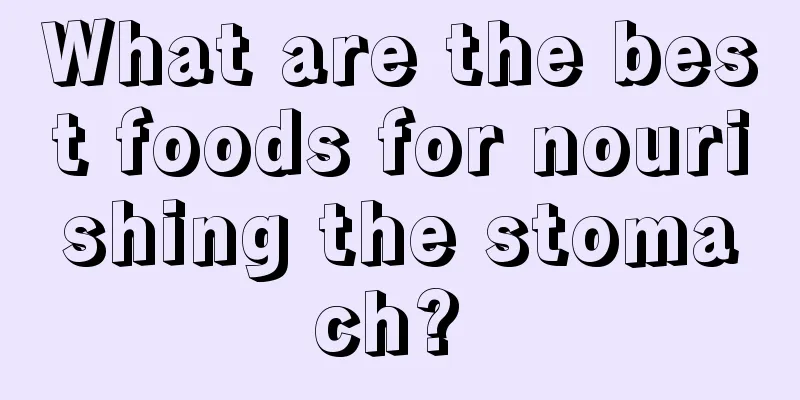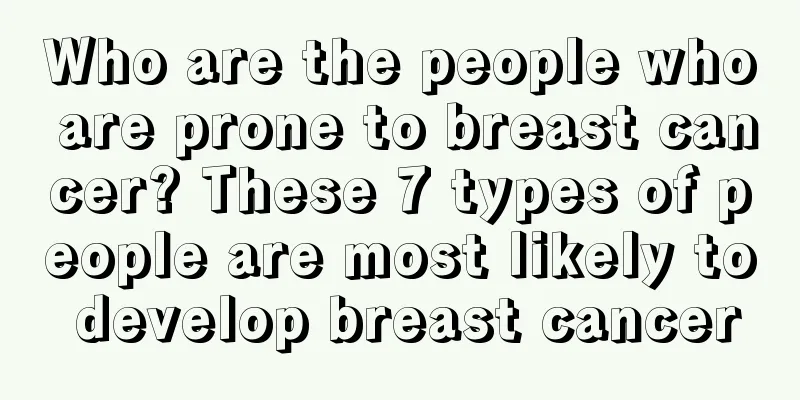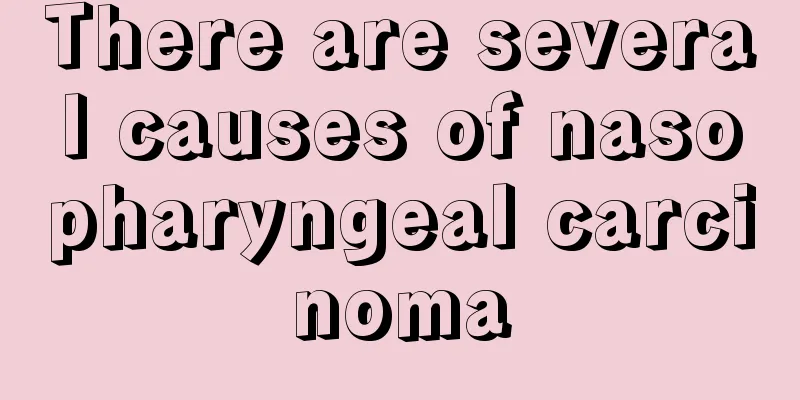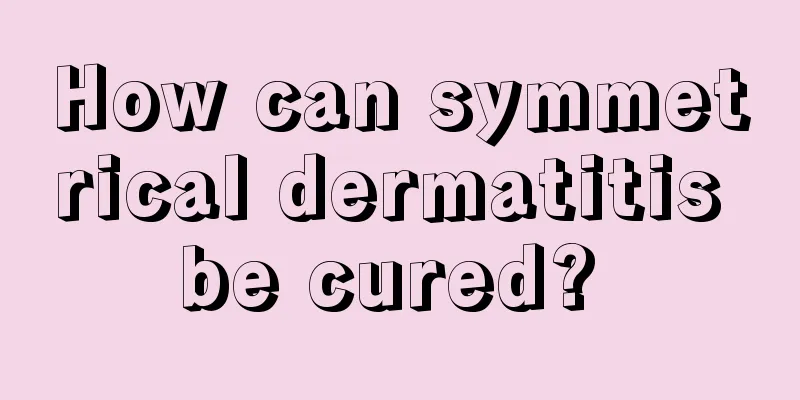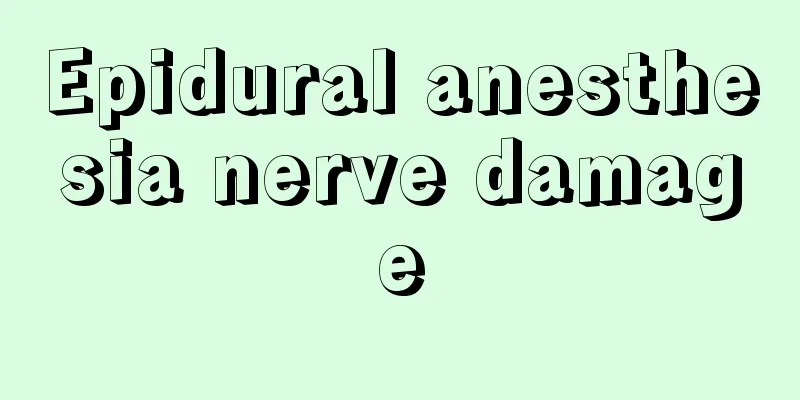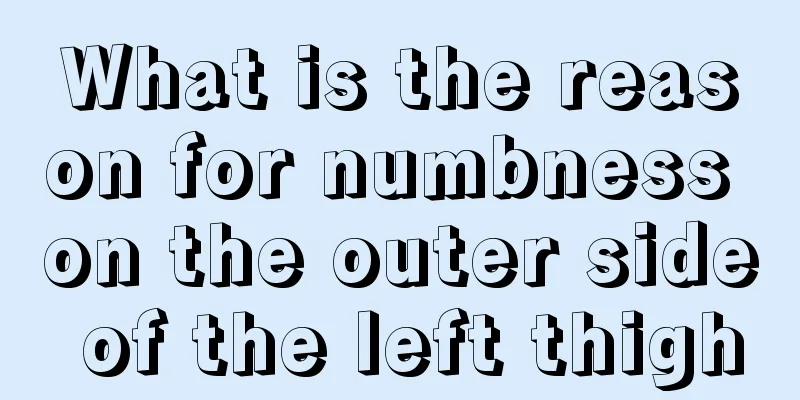What are the typical symptoms of viral encephalitis in children?
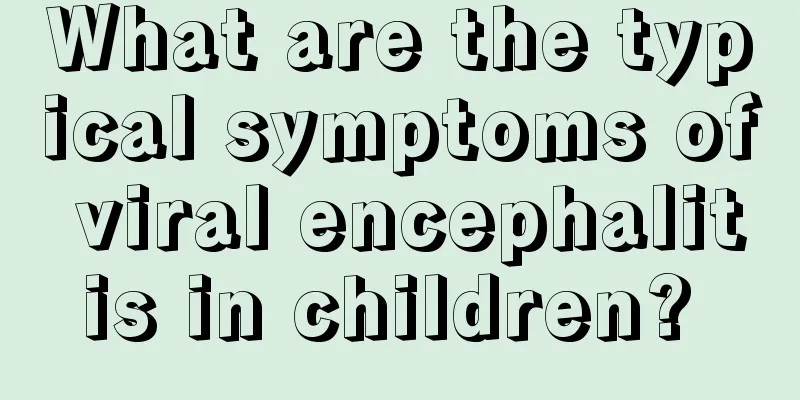
|
Children are a high-risk group for viral encephalitis, which is particularly harmful to their health and may even have lifelong effects. If they are not treated in time, it can easily lead to some mental disorders, memory loss, and thinking disorders. Some children are prone to impaired consciousness after the onset of the disease, which can cause damage to the cerebral hemispheres and cause the children to suffer from epilepsy and other relatively serious hazards. 1. Mental disorder type The main manifestations of this type of children are emotional disorders (emotional indifference, depression, euphoria, fear), intellectual disabilities (decreased comprehension, memory, calculation, judgment, associative ability, etc.), thinking disorders (mutism, polyglotia, incoherent speech, delusions) and behavioral disorders (reduced or increased movements, impulsivity, stupor), etc. 2. Coma type After the onset of the disease, the child quickly develops severe impaired consciousness, manifested as varying degrees of coma or impaired consciousness. In patients with damage to both cerebral hemispheres, the symptoms are decorticate state and coma with eyes open; when the upper brainstem is damaged, decerebrate rigidity occurs; when the basal ganglia are damaged, extrapyramidal involuntary movements such as tremor and chorea may occur. 3. Brain tumor type The children mainly show symptoms of increased intracranial pressure and compression, such as headache, vomiting, papilledema, paralysis, partial motor epileptic seizures, etc., accompanied by varying degrees of impaired consciousness. Although these symptoms mimic those of intracranial space-occupying lesions, they have an acute onset and rapidly worsen, with the duration from onset to peak of symptoms sometimes being only a few hours, and most times within a month; intracranial pressure increases dramatically. 4. Epilepsy type The child's clinical manifestations are very similar to epilepsy, but there is no history of epilepsy before the onset of the disease. Common types of seizures include generalized tonic-clonic seizures and their continuum, partial motor seizures, complex partial seizures, or mixed seizures. Patients of this type all have epileptic seizures as the main symptom after the onset of the disease. Some patients may have prodromal symptoms such as fever, headache, dizziness, vomiting, and decreased active activity before the onset of epileptic seizures. 5. Limited The child's lesion is located in a certain part of the brain, or in the cerebellum or brain stem. The main clinical manifestations are hemiplegia, monoplegia, crossed paralysis, quadriplegia, motor ataxia, involuntary extrapyramidal movements, cranial nerve damage, etc. Differentiate from cerebrovascular disease, brain tumor, and multiple sclerosis based on the severity of onset, disease progression, cerebrospinal fluid examination, CT or MRI, and response to experimental treatment. |
<<: What is the most effective treatment for onychomycosis?
>>: Will the eyes become bigger if the eyes are opened? What is the experience like?
Recommend
What is the correct way to use a high pressure sterilizer
I believe that many people must have used pressur...
Are bayberry seeds poisonous?
Bayberry is a sour and sweet fruit that likes to ...
What are the best ways to treat constipation
There are many patients who suffer from long-term...
Is acupuncture effective for treating cervical spondylosis?
Cervical spondylosis is a disease with a relative...
Why does pooping feel like pooping water
Diarrhea is a common symptom of intestinal flora ...
Chemotherapy regimen for malignant teratoma
Clinically, teratomas are divided into benign ter...
What measures should be taken to prevent liver cancer? 5 ways to keep you away from liver cancer
The liver is a very important organ in the human ...
What are the functions and effects of b2
There are many vitamins in the human body, and th...
What foods can improve anal fissures
Nowadays, many people work in front of computers,...
What are the symptoms of a bowel infection?
There are many kinds of bacteria in the intestine...
7 subconscious actions can shorten your life by 20 years
When people are bored, nervous or anxious, they o...
Understand the common symptoms of gallbladder cancer according to its classification
Gallbladder cancer is a more serious tumor diseas...
How to do CPR
The heart is the most important organ in our huma...
8 unexpected causes of bad breath
Bad breath is closely related to diet, but the ca...
What are the side effects of fruit acid peeling
Today's women pay more attention to skin care...
